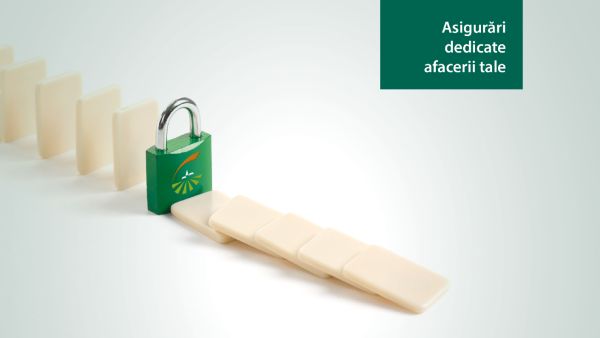Romania’s Tourism White Paper, released by the National Council for SMEs and Groupama Asigurari, as the first nation-wide risk assessment exercise at industry level, sheds light on industry challenges, expectations and vulnerabilities and paves the way for informed and well targeted preventive measures.
Romania’s tourism industry calls for a cautious optimism
Romanian tourism is steadily growing, confirms Romania’s Tourism White Paper (or Barometer), whose results are undoubtedly promising; with 71% of accommodation units surveyed estimating an increase in the volume of tourists in 2018 compared to the previous year. Equally promising is the anticipated rise in profits, with close to 70% of accommodation units and 77% of tourism agencies expecting to increase their revenue in 2018. A similar upward trend for salary increases is yet another reflection of the sector’s high potential.
Nevertheless, even as respondents, be they accommodation units or tourism agencies, have expressed their intention to develop additional services for their clients and extend their activity, in order to further increase their profit, they face challenges in navigating an inadequate and rapidly changing legislation, accessing funding, as well as high rates of staff turnover. In fact, the industry perceives a wide range of risks associated with their business, from those related to market dynamics to reputational and financial risks, which are suggestive of the shaky ground to which tourism operators constantly need to adapt to.
Insurance products, the key to risk management
The Barometer reveals a high interest of the tourism industry in targeted insurance packages, as risk management tools. Nearly 9 out of 10 tourism operators already have a form of insurance. As such, the most acquired are property insurance policies (64% of accommodation units and 47% tourism agencies) and car insurances (44% accommodation units and 50% tourism agencies). Nevertheless, operators expressed high interest in further acquiring life, health as well as civil liability insurances for their employees, suggesting a move towards improving employee benefit packages, which reflects not only concerns for staff retention, but also the fact that operators are beginning to have a broader view of preventive measures.
These findings are particularly telling in light of the surveyed operators identifying their company’s reputation as a medium risk, which signals the need for insurance products that enable operators to continue their business as untroubled by unexpected events as possible and to provide continuity to their clients and maintain tourists’ confidence in their business on the long-term.
What’s next?
The Barometer’s conclusions should not be seen as end-points, but rather as further incentives to identify solutions which ensure the growth rate of the industry is upheld. For a sustainable, long-term growth of a sector that has immense potential and can have a heavy say in Romania’s economy, it is definitely not enough to pat ourselves on the back for the results achieved – in many cases – by individual hard work.
Instead, considering that the Barometer crystallizes the voice of the industry, its conclusions can act as a rationale for targeted policies. Furthermore, on the basis of the risk assessment, the conclusions can act as an incentive for the same industry to improve its services and develop more sustainable business models, by making use of adequate risk management tools, that include tailored insurance packages. Mapping of industry risks is a vital part of reputation management. And risk assessment is all the more relevant for the tourism industry, which relies so heavily on reputation.








![[Opportunity Minded] Market Penetration and Growing Your Market Share](https://doingbusiness.ro/media/covers/6965fb6bd2416_cover.jpg)





















